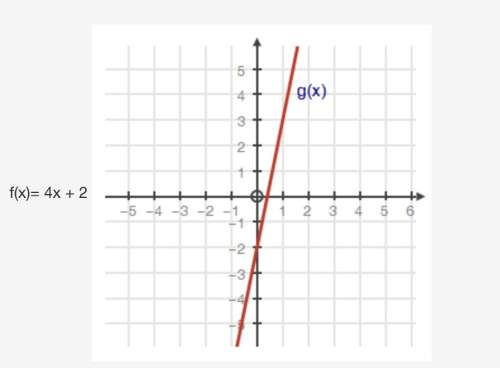
Mathematics, 12.03.2020 05:07 gselm
Suppose that A and B are events with probabilities p(A) = 2∕3 and p(B) = 1∕2. a) What is the largest p(A ∩ B) can be? What is the smallest it can be? Give examples to show that both extremes for p(A ∩ B) are possible. b) What is the largest p(A ∪ B) can be? What is the smallest it can be? Give examples to show that both extremes for p(A ∪ B) are possible.

Answers: 3


Other questions on the subject: Mathematics

Mathematics, 21.06.2019 18:00, edgarsandoval60
What is the equation of this graphed line? enter your answer in slope-intercept form in the box.
Answers: 2

Mathematics, 21.06.2019 20:00, Chen5968
The distribution of the amount of money spent by students for textbooks in a semester is approximately normal in shape with a mean of $235 and a standard deviation of $20. according to the standard deviation rule, how much did almost all (99.7%) of the students spend on textbooks in a semester?
Answers: 2

Mathematics, 21.06.2019 20:30, kalliebjones4511
Carley bought a jacket that was discounted 10% off the original price. the expression below represents the discounted price in dollars, based on x, the original price of the jacket.
Answers: 1

Mathematics, 21.06.2019 23:40, Alex9089435028
You are saving to buy a bicycle; so far you save 55.00. the bicycle costs 199.00. you earn 9.00 per hour at your job. which inequality represents the possible number of h hours you need to work to buy the bicycle?
Answers: 2
You know the right answer?
Suppose that A and B are events with probabilities p(A) = 2∕3 and p(B) = 1∕2. a) What is the largest...
Questions in other subjects:



Arts, 10.11.2020 22:30




Mathematics, 10.11.2020 22:30

Chemistry, 10.11.2020 22:30

Mathematics, 10.11.2020 22:30




